In the ever-growing world of edibles, cannabis beverages have become more popular as of late. We’re seeing more sodas, tonics, lemonades by the day. One type of infused beverage that has been seeing a surge in search interest lately are weed teas. Cannabis buds are the optimal choice for making weed tea due to their high concentration of cannabinoids and terpenes. Let’s talk about how to make marijuana tea, emphasizing its simplicity and the basic ingredients required.
What is cannabis tea and how do you make it?
Weed tea is simply tea infused with cannabinoids, and cannabis infused tea is a unique method of consumption. Most weed teas are infused with THC or CBD, the two most well-known cannabis compounds, but you could also use their non-psychoactive precursors (THCA, CBDA). Weed teas are excellent for people who want to enjoy cannabis’s wide range of benefits, but don’t want to smoke, dab, vape, or eat edibles for the effects.
Different parts of the cannabis plant can be used in making tea, including leaves, stems, and buds, each contributing to the tea's potency and effects.
You can make weed tea from any cannabis matter that contains your desired compounds. Most people start with buds, but you can also use cannabis stems, shake, trim, and even kief or hash. Ground cannabis is a versatile option for making weed tea, easily incorporated into various recipes. This is why so many vets in the smoking game toss their stems into separate jars instead of the trash can: because you never know when you might want to get freaky with some homemade edibles. Once you choose your starting matter, the most important step in making homemade weed tea will be decarboxylating your weed.
Making weed tea isn’t as simple as just dropping some nugs and a tea bag into a pot of boiling water then voila, you’ve got that feel-good juice. First, you’ve got to activate the compounds you are hoping to consume. This is called decarboxylation. Decarboxylation is the process of turning THCA into THC (or CBDA into CBD), which activates the compounds that actually make us feel cannabis’s wellness benefits.
To decarboxylate your weed for making THC weed tea, break up the buds into small pieces, toss them onto a baking sheet, and slide it into the oven for 25-30ish minutes at 230 degrees Fahrenheit (or somewhere near it). To decarb your weed for making CBD weed tea, do the same, but for 40-60ish minutes.
Keep an eye on your buds throughout the process as these temperatures and times are just general guidelines, numbers will vary per oven. Once your cannabis has turned slightly brown, pull it out of the oven, and you’re now ready to whip up some high quality herbal beverages. Making cannabis tea using different methods can enhance its therapeutic properties and provide a soothing alternative to other forms of consumption.
Benefits and Effects of Cannabis Tea
Cannabis tea offers a unique set of benefits and effects that distinguish it from other methods of cannabis consumption. One of the primary advantages of cannabis tea is its ability to provide a more relaxing and enjoyable experience compared to smoking or vaping. The effects of cannabis tea can be euphoric, relaxing, or both, depending on the type of tea and the strain of cannabis used.
The onset of effects can vary depending on individual factors, such as body fat and height. Those with lower body fat may feel the effects sooner, while regular users may need more time to feel the effects. The duration of the high from marijuana tea can last 4-8 hours, influenced by factors such as individual physiology, food/drink intake, and tolerance.
Cannabis tea is also known for its potential health benefits, including treating chronic pain conditions and inflammation, aiding in digestion, and providing stress relief. The CBD content in cannabis tea can help reduce pain, inflammation, and boost moods naturally.
Understanding Cannabis Infusion
Cannabis infusion is the process of releasing the active compounds in cannabis, such as THC and CBD, into a medium like tea. To fully appreciate and harness the benefits of cannabis tea, it’s essential to grasp the basics of cannabis infusion.
The roles of THC and CBD, the decarboxylation process, and the importance of choosing the right strain are crucial aspects of cannabis infusion. THC is renowned for its psychoactive properties, delivering the “high” often associated with cannabis use. CBD does not produce psychoactive effects but is prized for its potential therapeutic benefits, including alleviating anxiety and pain.
Decarboxylation is necessary to activate THC in cannabis tea. This process involves gently heating cannabis to convert THCA, a non-psychoactive acid form of THC, into psychoactive THC. Decarboxylation is a critical step before infusing cannabis into tea to ensure the final brew is potent and effective.
The Science of Decarboxylation
What is Decarboxylation?
Decarboxylation is a crucial step in making weed tea, as it activates the compounds in cannabis that provide the desired effects. Essentially, it’s a chemical reaction that occurs when cannabis is heated, converting the non-psychoactive compound THCA (tetrahydrocannabinolic acid) into the psychoactive compound THC (tetrahydrocannabinol). Without this process, the THC in your weed tea wouldn’t be able to be absorbed by your body, rendering the tea ineffective.
This transformation can be achieved through various methods, including baking, boiling, or using a specialized decarboxylation device. Understanding and mastering decarboxylation is key to making potent and effective weed tea.
How to Decarboxylate Weed
Decarboxylating weed is a straightforward process that can be done in your kitchen. Here’s a simple method to get you started:
- Preheat your oven to 220°F (105°C).
- Grind your cannabis buds or stems into a fine consistency. This increases the surface area and ensures even heating.
- Spread the ground cannabis on a baking sheet lined with parchment paper. Make sure it’s in a single layer for uniform decarboxylation.
- Bake for 30-40 minutes, stirring occasionally. You’ll know it’s done when the cannabis is lightly toasted and fragrant.
- Allow the cannabis to cool completely before using it to make weed tea.
Alternatively, you can decarboxylate weed using a coffee filter or tea infuser. Simply place the ground cannabis in the filter or infuser and steep it in hot water for 10-15 minutes. This method is less precise but can be a quick fix if you’re in a hurry.
Preparing to Make Weed Tea
The best weed tea recipes
There are many different types of weed teas and ways to make them. You can whip up an infused tisane, there’s also cannabutter-infused teas, and even some made as a coconut milk concoction. Whichever method is best depends on personal preference, but it is worth noting that cannabinoids must bind to fat molecules to work their magic in your body, therefore making your weed tea with a source of fat could help increase absorption, onset time, and potency. Here’s a study on the subject.
For a flavorful twist, consider using chai tea bags in a chai latte recipe. Introducing the chai tea bags into a cannabis-infused tea mixture can enhance the drink's overall appeal by blending distinct spices and sweetness.
Exploring different weed tea recipes can offer unique experiences, catering to varying preferences in strength, flavor, and effect for both beginners and experienced users.
Here is the most simple way to make weed tea.
Ingredients for making weed tea:
- A pot
- A mug
- Cannabis flower, stems, leaves, etc.
- Water
- Coconut oil or unsalted butter
- A tea bag
- Additives for flavor (cinnamon, ginger, turmeric, vanilla, cloves, etc.)
- A strainer, coffee filter, or cheesecloth
- A tea infuser
NOTE: How much weed you use to make your weed tea is entirely up to you. A more frequent user’s body will have a higher THC tolerance than someone who just consumes cannabis on occasion. Generally, it’s best to start with a small amount, say half of a gram, and increase dosage as needed.
- Step 1: Decarboxylate your flower, or stems, or sugar leaves in the oven. Grind up the plant matter once it’s done.
- Step 2: Boil four cups of water in a pot, then add a tablespoon of butter or coconut oil to the pot. Stir the mixture until your fat source dissolves completely.
- Step 3: Lower your boil to a simmer then add your ground, decarbed cannabis to the pot. Let it sit for 10 to 15 minutes.
- Step 4: Put a strainer over a cup/mug. Pour your infused mixture into the strainer to separate plant matter from the liquid.
- Step 5: Add a tea bag to the cup/mug, then any extra ingredients like cinnamon, ginger, vanilla, honey, sweeteners, etc. to enhance the taste. Let it all steep for a few minutes, and BAM, you’re officially a weed tea chef.
- Step 6: Drink your tea, feel good, love weed.
In addition to actually infusing tea recipes, there are plenty of THC/CBD oils, tinctures, and even cannabis sugars that you can add after brewing non-infused tea. It simplifies and quickens the entire process.
Selecting Your Tea Base
Choosing the right tea base is essential for crafting a delicious and effective weed tea. Here are some popular options to consider:
- Herbal teas: Peppermint, chamomile, and hibiscus teas are excellent choices. They complement the flavor of cannabis and offer additional health benefits, such as relaxation and digestive aid.
- Green tea: Known for its rich antioxidants and light, refreshing flavor, green tea pairs well with cannabis and can enhance the overall experience.
- Black tea: If you prefer a stronger flavor and a bit more caffeine, black tea is a great option. Its robust taste can balance the earthy notes of cannabis.
- Chai tea: This spiced tea is a popular choice for weed tea. The blend of spices like cinnamon, cardamom, and ginger pairs wonderfully with cannabis, creating a warm and aromatic beverage.
When selecting a tea base, think about the flavor profile you enjoy and any additional health benefits you might want. Don’t be afraid to experiment with different teas to find your perfect match.
In addition to your tea base, you’ll need the following ingredients to make weed tea:
- Ground cannabis (decarboxylated)
- Coconut oil or another fat source
- Water
- Honey or another sweetener (optional)
- Milk or creamer (optional)
With these ingredients and a basic understanding of decarboxylation, you’re all set to start making your own weed tea at home. Enjoy the process and the delightful results!
Enhancing Absorption with Coconut Oil
Coconut oil is a popular ingredient in cannabis tea recipes due to its ability to enhance the absorption of THC and CBD. The fatty acids in coconut oil bind to the cannabinoids, making them more easily absorbed by the body. This can lead to a more potent and longer-lasting effect.
To incorporate coconut oil into your cannabis tea, you can add it to the tea mixture during the brewing process or use it as a base for your tea. Coconut oil can also be used to make cannabis-infused oil, which can be added to tea or other beverages.
Tips for a Better Tea Experience
Crafting the perfect cup of weed tea involves art, science, and patience. To elevate your weed tea experience, consider the following guidelines and tips:
Flavor Enhancements
Enhancing the flavor of your weed tea can transform it from a mere cannabis delivery system into a delightful sensory experience. Popular flavor enhancements include:
- Herbal teas: Blending cannabis with herbal teas like chamomile, lavender, or peppermint can create a soothing and aromatic experience.
- Spices: Adding spices like cinnamon, ginger, or nutmeg can add depth and warmth to your weed tea.
- Sweeteners: Using natural sweeteners like honey or maple syrup can balance out the bitterness of the cannabis.
- Creamers: Adding creamers like almond milk or coconut cream can enhance the flavor and texture of your weed tea.
Remember to experiment with different flavor combinations to find the perfect blend for your taste preferences.
How long does it take weed tea to kick in?
Weed tea is just like any edible in that it is digested in the stomach and metabolized through the blood steam. So just like a weed brownie or a weed cookie, how long your weed tea takes to kick in will depend on how empty your stomach is. On average, most consumers expect to feel the effects of weed tea after 30 minutes to 2 hours.
The best approach to drinking weed tea is to sip it slowly so you can manage potency, and the intensity of the effects you feel. Drinking tea fast and then the high not hitting immediately could tempt you to make and drink more tea, which could also lead to you consuming way too high of a dose.
How long does weed tea least?
Again, like regular edibles, how long the effects of weed tea last depends on many factors like potency, tolerance, and your individual endocannabinoid system. Typically, the effects of edibles last much longer than the effects of consuming flavor, dabs, and vapes. After drinking your weed tea, you can expect effects to peak after 3 to 4 hours. However, the effects may still be felt for much longer than that.
Need a little more Bluntness in your life? Check out our YouTube page!
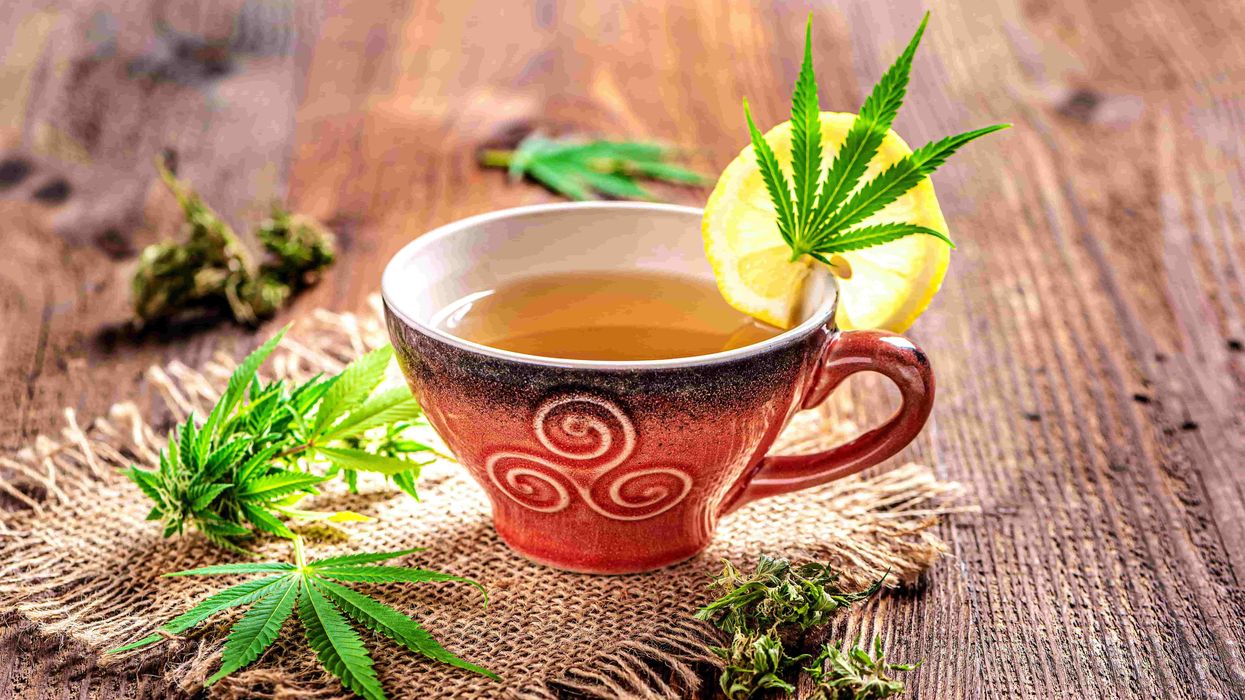

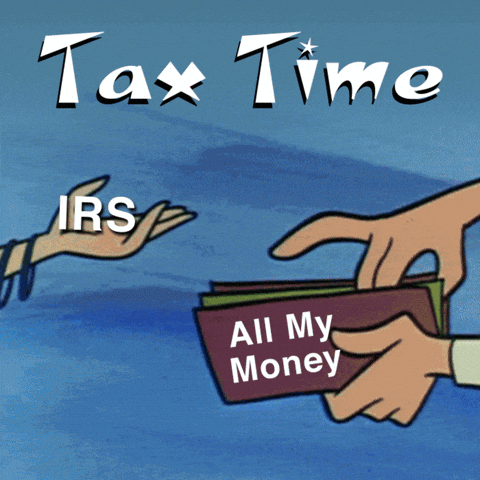


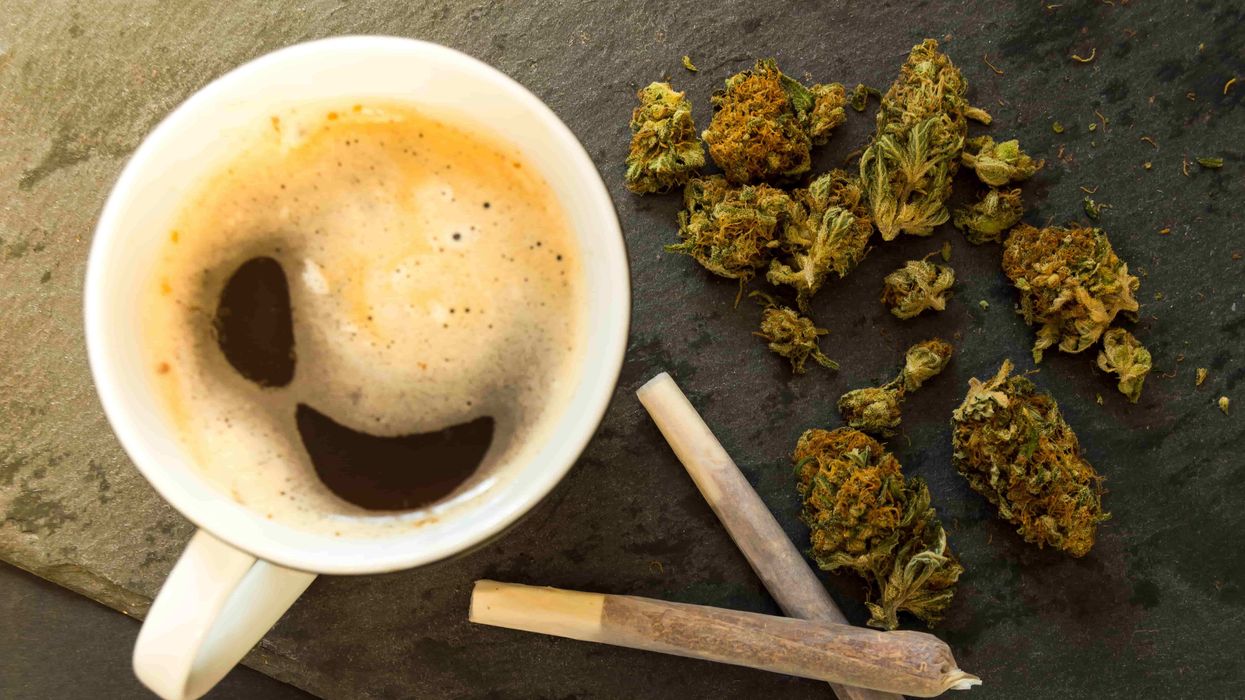
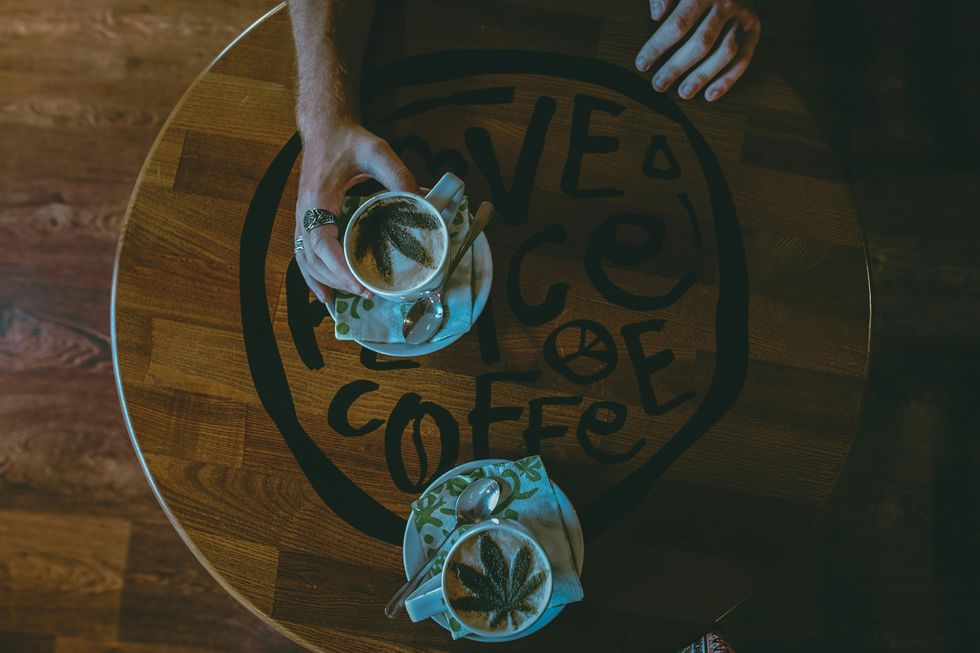 Coffee & Weed: A Modern Spin on the Hippie Speedball - The Bluntness
Photo by
Coffee & Weed: A Modern Spin on the Hippie Speedball - The Bluntness
Photo by 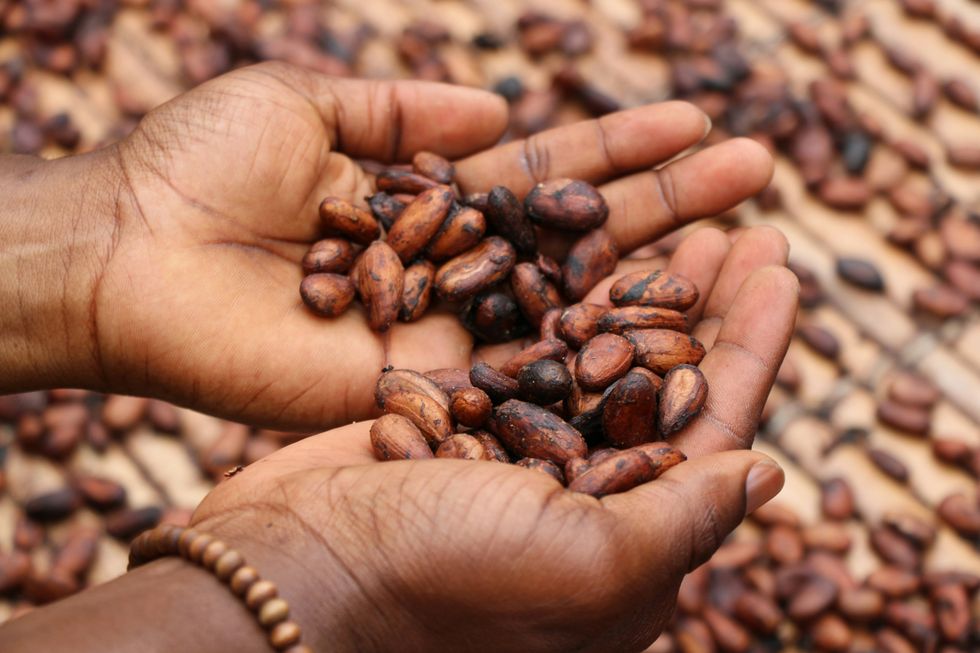 Coffee & Weed: A Modern Spin on the Hippie Speedball - The Bluntness
Photo by
Coffee & Weed: A Modern Spin on the Hippie Speedball - The Bluntness
Photo by 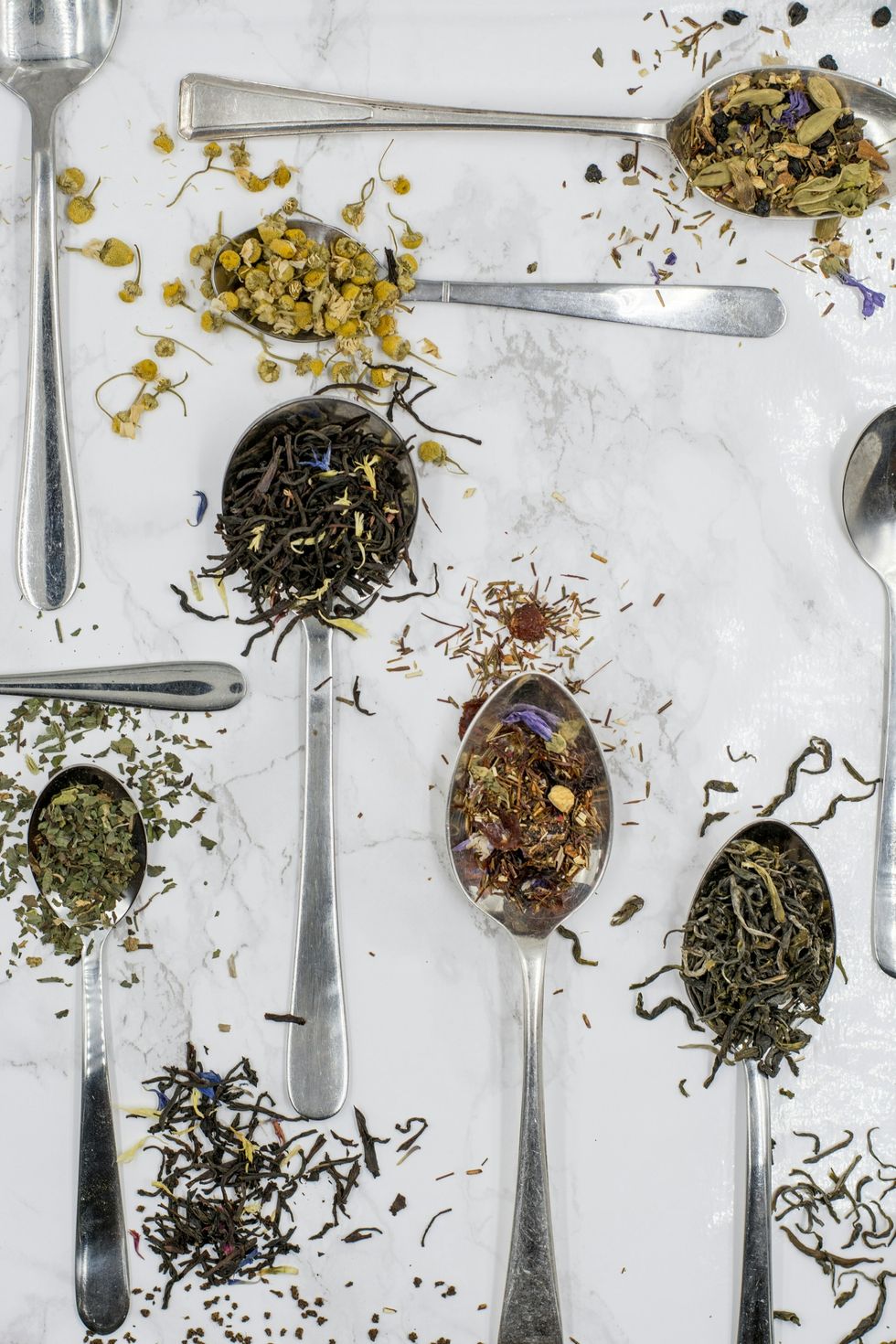 Coffee & Weed: A Modern Spin on the Hippie Speedball - The Bluntness
Photo by
Coffee & Weed: A Modern Spin on the Hippie Speedball - The Bluntness
Photo by 
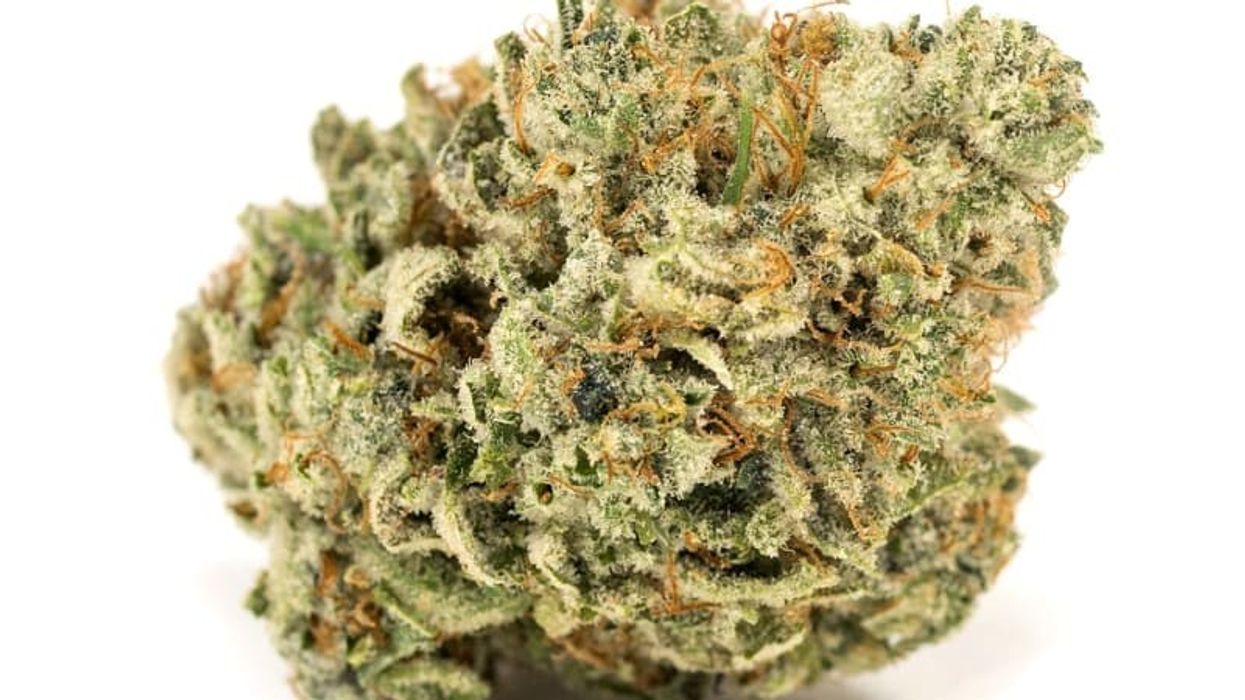

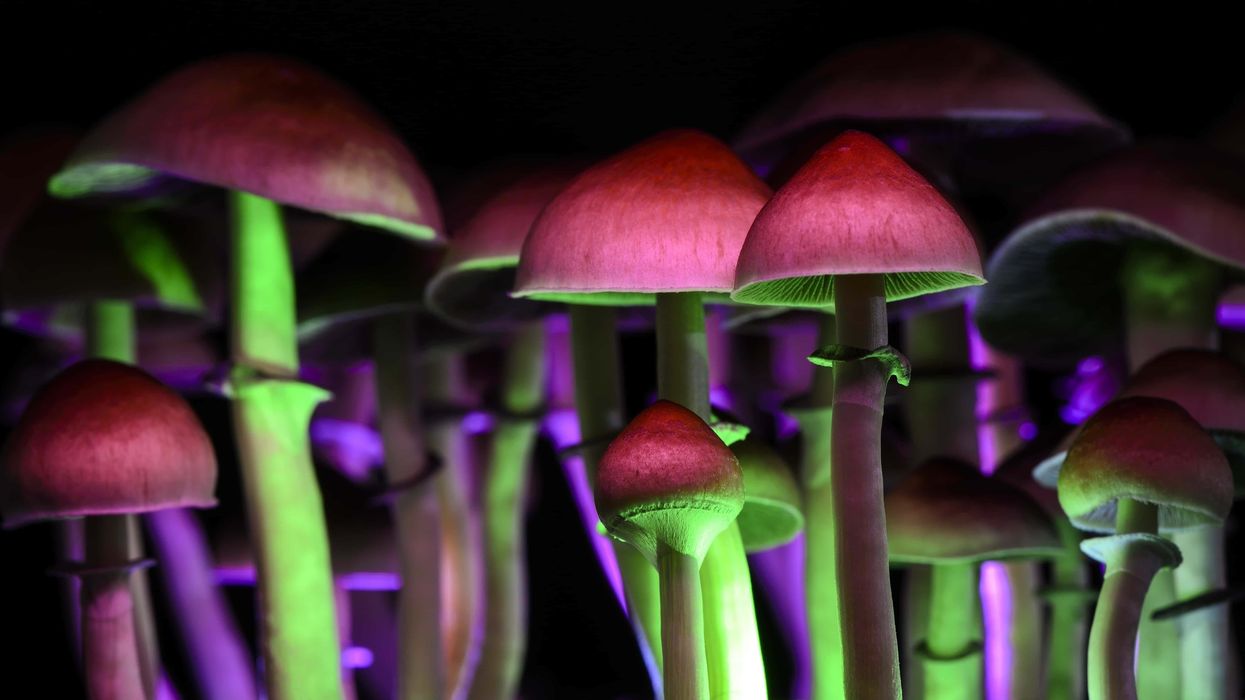

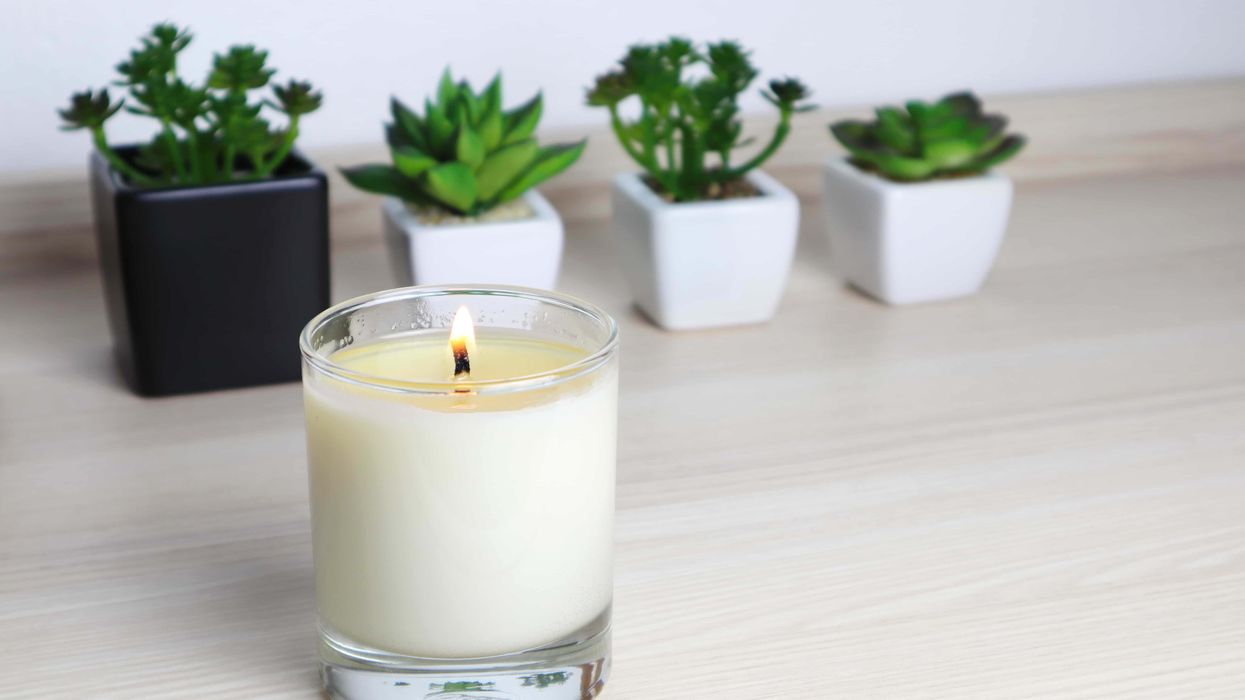
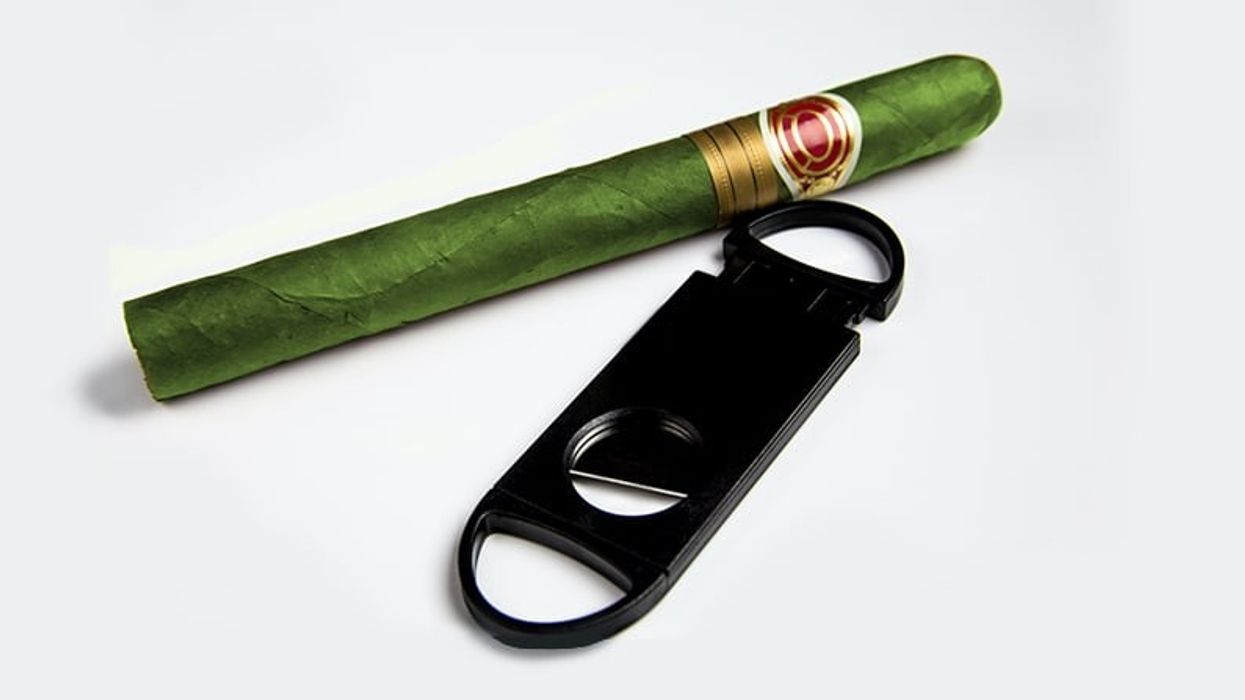
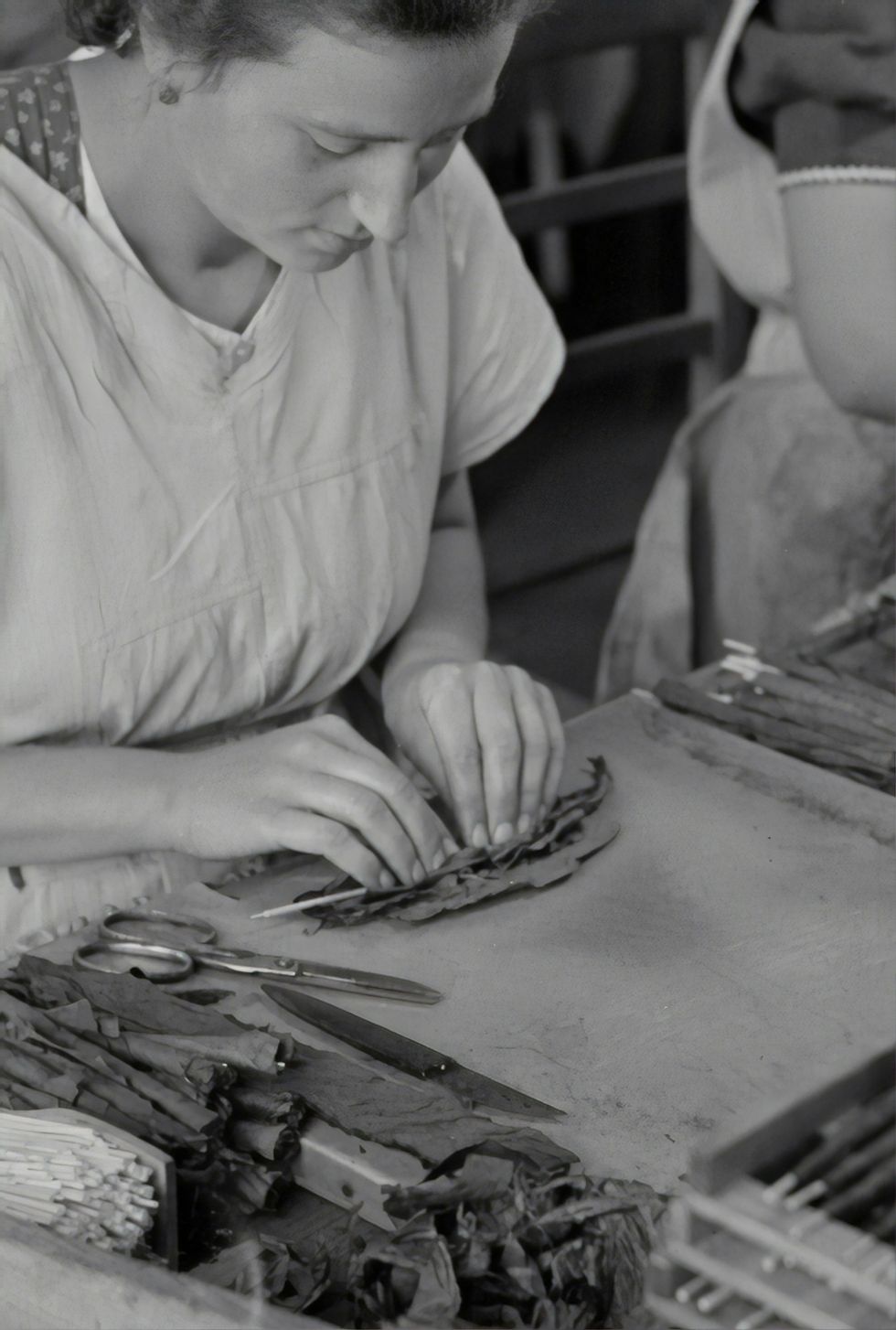 How to Make a Cannagar Without a Mold: A Comprehensive Guide - The Bluntness
Photo by
How to Make a Cannagar Without a Mold: A Comprehensive Guide - The Bluntness
Photo by 

 Can Drug Dogs Smell Edibles? - The Bluntness
Photo by
Can Drug Dogs Smell Edibles? - The Bluntness
Photo by 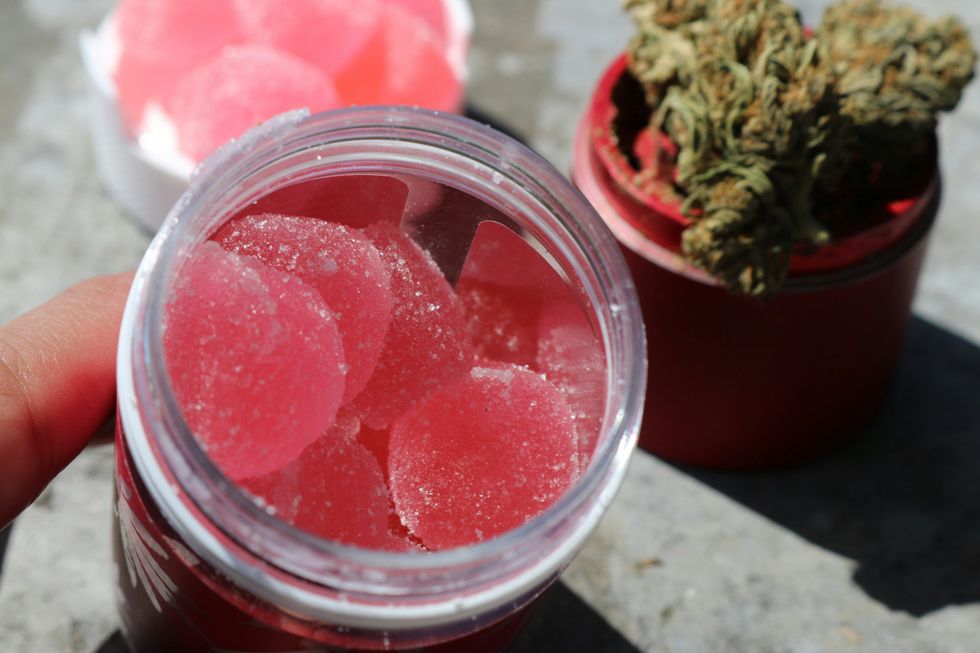 Can Drug Dogs Smell Edibles? - The Bluntness
Photo by
Can Drug Dogs Smell Edibles? - The Bluntness
Photo by 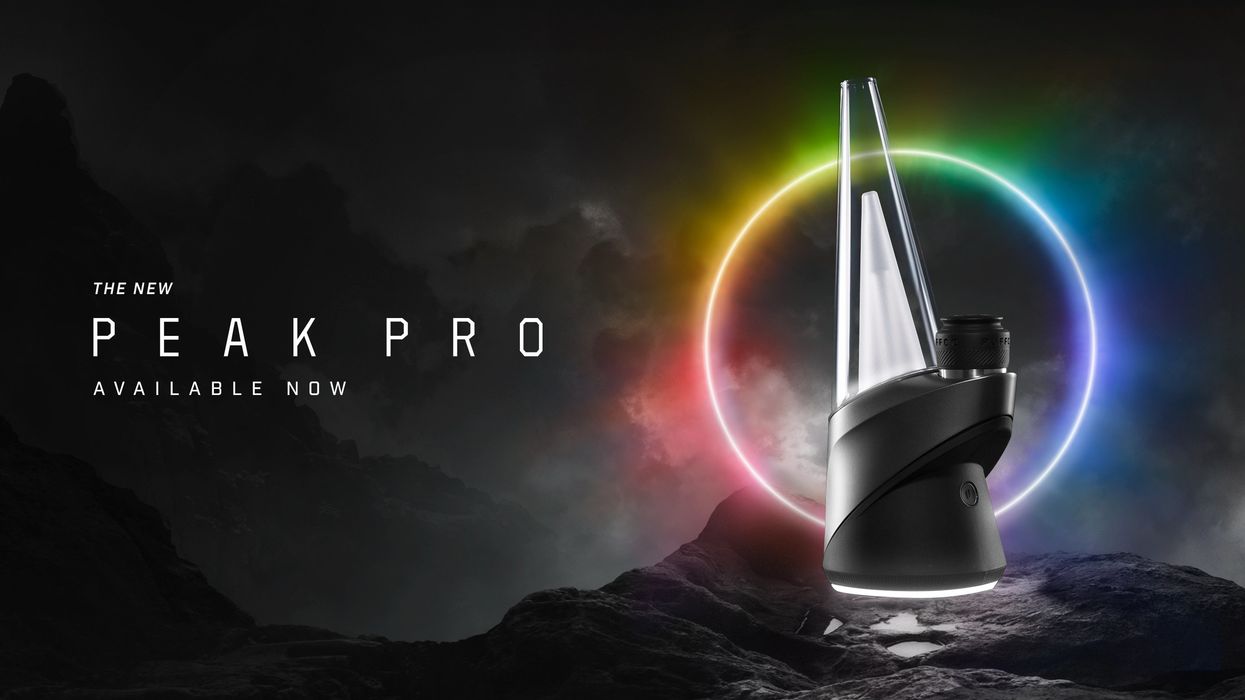
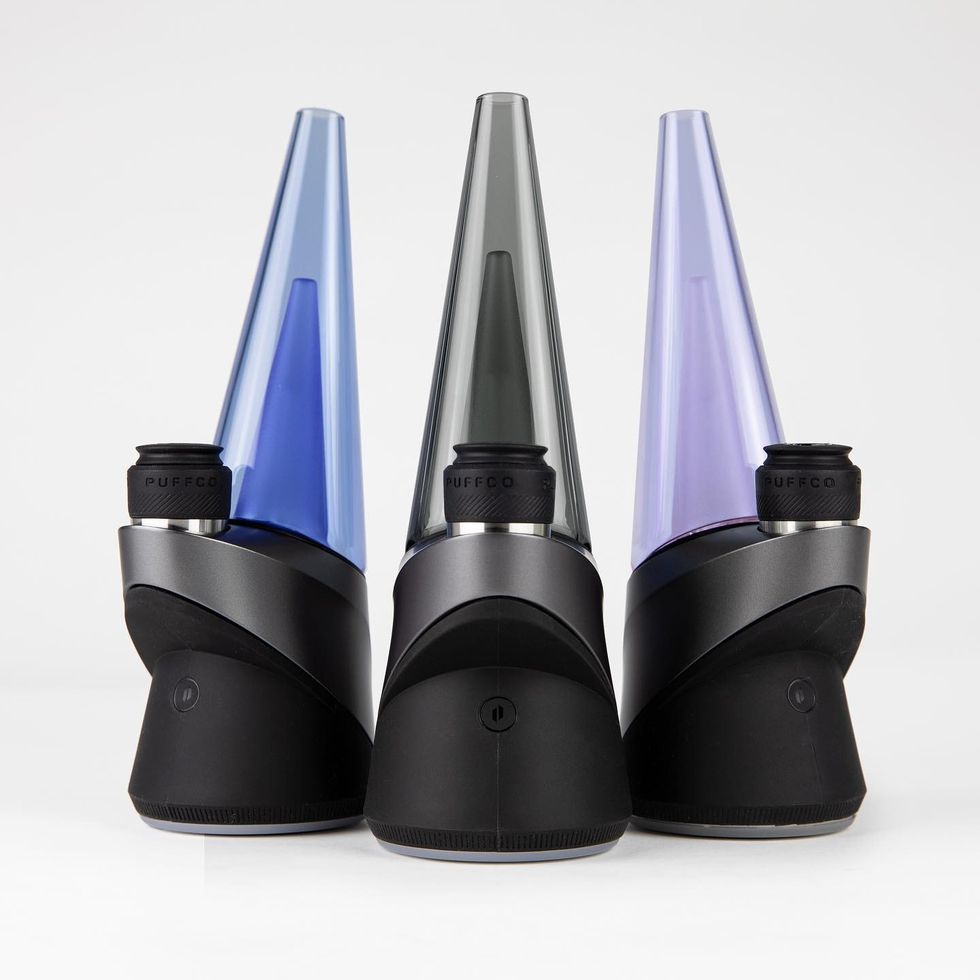 The Puffco Peak Pro brings style and ease to cannabis dabbing.Image from Puffco on Facebook
The Puffco Peak Pro brings style and ease to cannabis dabbing.Image from Puffco on Facebook The Puffco Peak Pro is easy to hold AND easy to use.Image from Puffco on Facebook
The Puffco Peak Pro is easy to hold AND easy to use.Image from Puffco on Facebook The Puffco Peak Pro allows you to appreciate cannabis and innovation at the same time.Image from Puffco on Facebook
The Puffco Peak Pro allows you to appreciate cannabis and innovation at the same time.Image from Puffco on Facebook